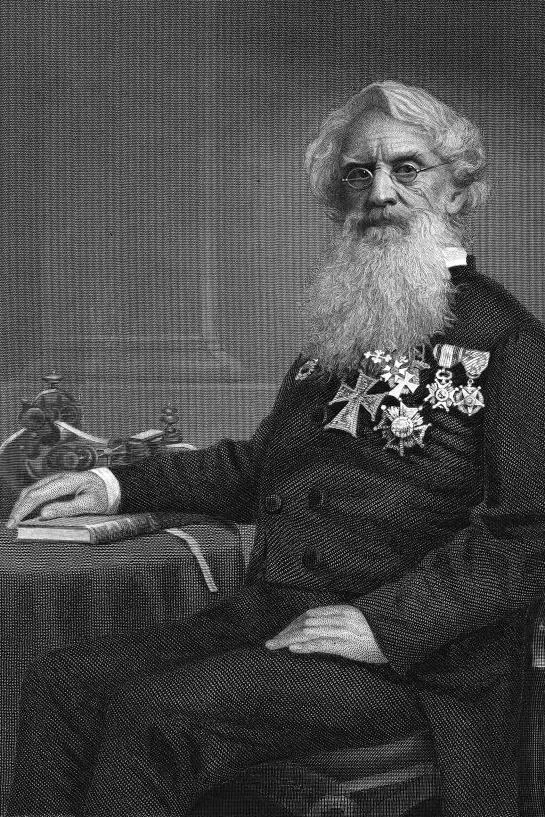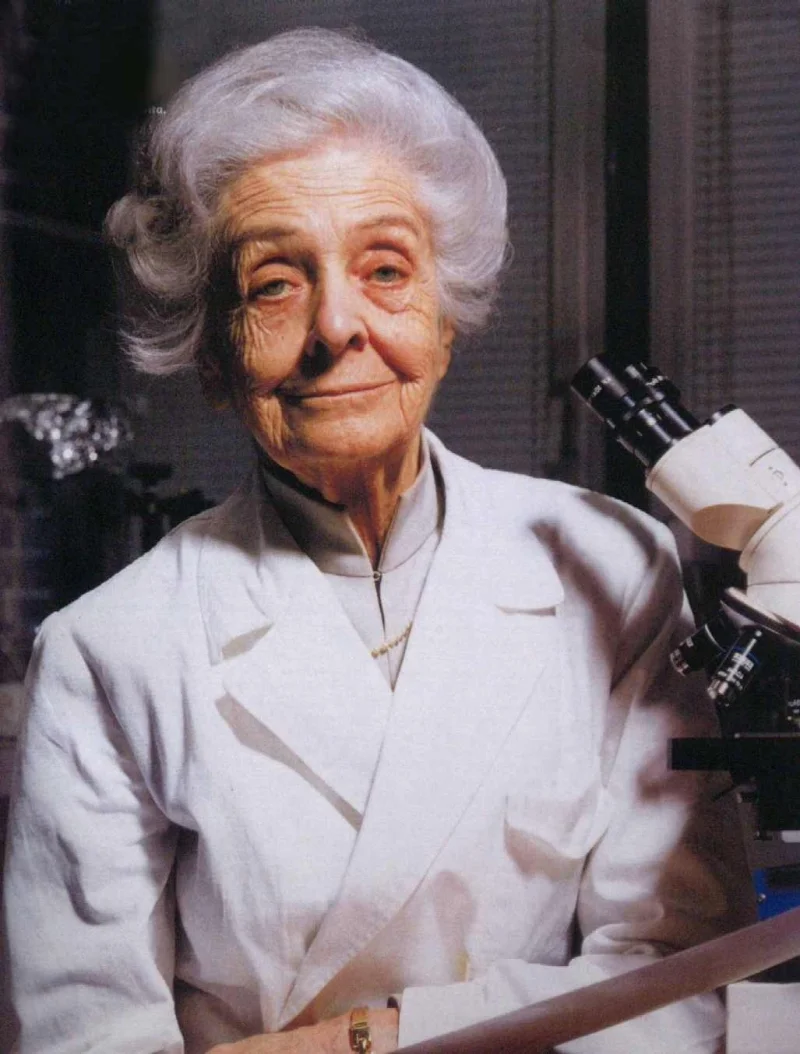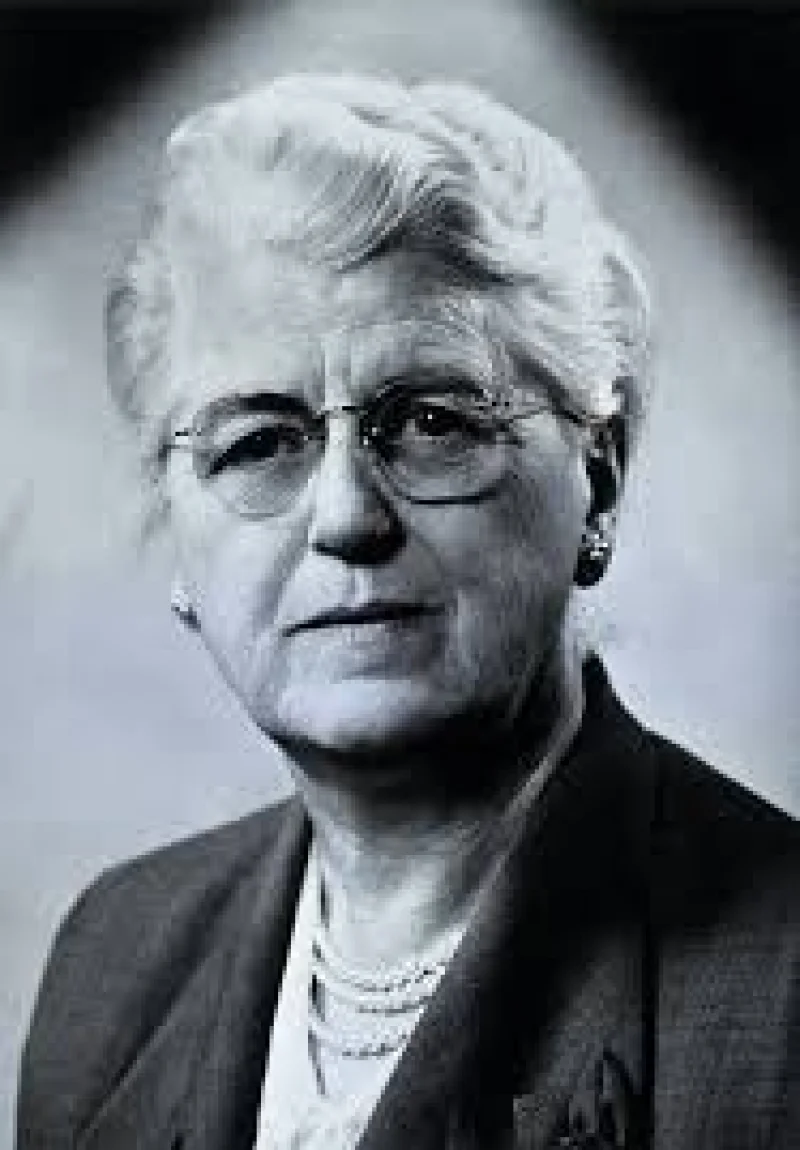Short Summary
Samuel Morse was an American inventor and artist best known for his development of the Morse code and contribution to the invention of the telegraph. Originally a successful portrait painter, his interest in electromagnetism led him to create a communication system that revolutionized long-distance communication. Morse's work not only transformed the way information was shared in the 19th century but also paved the way for modern telecommunications.
Early Life & Education
Born on April 27, 1791, in Charlestown, Massachusetts, Samuel Morse was the first child of Jedidiah Morse, a pastor and geographer, and Elizabeth Ann Finley Breese. He attended Phillips Academy in Andover before enrolling at Yale College in 1805, where he studied religious philosophy, mathematics, and the science of horses. His interest in electricity was piqued during his college years. After graduation in 1810, Morse pursued his passion for art and traveled to England in 1811 to study painting, which laid the foundation for his initial career as an accomplished artist.
Career Highlights
Morse began his career as a portrait painter, gaining recognition for his works and commissions. However, it was his fascination with electromagnetism that led to his most significant contributions. By the 1830s, he had started working on an electrical telegraph. In 1837, Morse developed the Morse code, a system of dots and dashes representing letters and numbers, enabling long-distance communication. In 1844, he successfully demonstrated the telegraph by sending a message from Washington, D.C., to Baltimore, solidifying his place in history as a pioneer of telecommunications.
Major Achievements
- Developed Morse code: A universal coding system for telecommunication.
- Co-invented the electric telegraph: Revolutionized long-distance communication.
- First long-distance telegraph line: Demonstrated in 1844 between Washington, D.C., and Baltimore.
- Received financial support from U.S. Congress: Helped fund telegraph development.
Famous Quotes
- "What hath God wrought?"
- "The mere holding of slaves, therefore, is a condition having per se nothing of moral character in it, any more than the being a parent, or employer, or ruler."
Interesting Facts
- Initially pursued a career in art and was a founder of the National Academy of Design.
- His first wife died while he was away painting a commission, which later motivated his interest in rapid communication.
- He patented his telegraph invention in 1840 under the title "Improvement in the Mode of Communicating Information by Signals by the Application of Electro-Magnetism."
- Morse was also involved in the Daguerreotype, an early photographic process.
- He was a vocal supporter of the anti-Catholic and nativist movement in the United States.
Legacy / Influence
Samuel Morse's legacy is profound in the telecommunications field. The Morse code became a standard for maritime communication and was used worldwide before the advent of digital communication. His pioneering work with the telegraph laid the groundwork for subsequent technological advancements, including the development of the telephone and the internet. Today, Morse is remembered as a visionary who transformed global communication.
FAQ
Q: Why is Samuel Morse famous?
A: He is famous for inventing the Morse code and co-developing the telegraph, revolutionizing long-distance communication.
Q: What was Samuel Morse's initial career?
A: He initially pursued a career as an artist and was a successful portrait painter.
Q: What inspired Morse to develop the telegraph?
A: His interest in electromagnetism and the need for rapid communication inspired his work on the telegraph.












